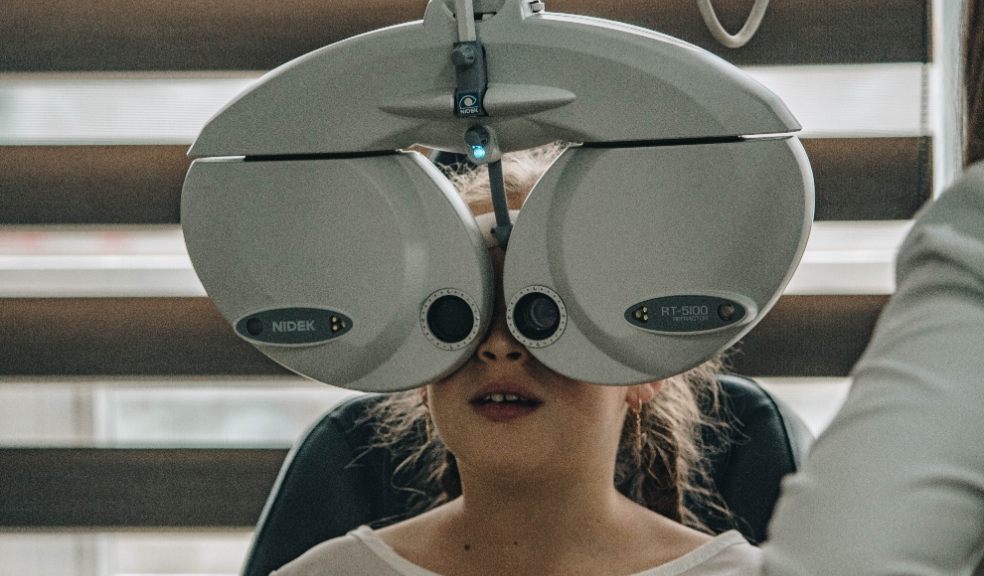
Cases of eye strain and short-sightedness on the increase in children
Khuram Sarwar, optician at Feel Good Contacts is urging parents to book an eye appointment for their child before their children start the new school year. Delaying an eye health check-up could be dangerous; after all, it’s challenging to know if your child has a problem with one eye when the vision is good in the other.
Due to the increased amount of time children spend in front of the screen, eye doctors are noticing an increase in eye issues in children, particularly eye strain, myopia or short-sightedness. With children heading back to school in September, any eye health issues that go undetected could affect their vision, concentration, and performance.
Sarwar also recommends, “Before school starts for the autumn term, it’s important to establish a good bedtime routine that doesn’t include screen time. Getting enough sleep is important for staying alert during the school day, so gradually start to limit screen time. The blue light emitted from screens causes digital eye strain, headaches and hampers sleep as it tricks your body into thinking it’s still daytime keeping you awake. Use the extra time you have with your child to talk, read, and do eye yoga together.”
Feel Good Contacts has created a guide for parents to look out for the following symptoms in their child to detect any eye health issues:
Difficulty reading – they may read slower than usual, make numerous mistakes whilst reading the text, skip words or perhaps, jumble the order of the words while reading. They may also hold the books closer or further from their face; these are usually signs of dyslexia.
Continuously squinting to see things – they may avoid reading, especially when reading something from a distance. They may also try to see from the corners of their eyes or tilt their head to help focus on an object.
White or greyish-white colour in the pupil – this can sometimes be a sign of cataracts, corneal ulcer, retinoblastoma (eye cancer in children) or uveitis. This will often affect your child’s visual clarity.
Eyes that are misaligned, i.e., they turn outwards, look crossed or don't focus together – Please note that it is not uncommon for a baby of up to 4 months to have crossed eyes as at this stage, they are learning to control their eyes. Crossed eyes are usually a sign of strabismus (misaligned eyes) or amblyopia (lazy eye). This will affect the child’s visual acuity, particularly as the distance between objects and viewpoints change, for example, when doing sports and tracking a flying object, such as playing with a ball or changing your glance from a chalkboard to a paper.
Eyes that flutter quickly from side to side or up and down – this movement symptom will greatly affect a child’s hand-eye coordination and they may have difficulty writing or playing sports. They will also have trouble keeping their eyes on one target, for instance, moving their eyes from one object to another or along the page to read.
Eyes that are consistently watery, excrete puss, feel itchy or look red – these are common symptoms of eye infections, caused by irritating substances coming into contact with the eye. You may notice that they rub their eyes frequently to relieve itchiness and irritation.
Eyes that are sensitive to light – this could be a sign of many conditions, including cataracts and epilepsy. They may also frequently report that they have a headache.
Ali Mearza, Ophthalmic Consultant and Co-founder of OCL Vision commented, “More often than not, your child may just need a pair of glasses to help them see clearer and reduce eye strain. If they’re short-sighted, then glasses will be required for clearer distance vision; if they’re long-sighted, then glasses will reduce strain when doing near work. More serious problems are rare but outcomes are better if problems are picked up and managed as early as possible.”
Mearza concluded, “If you spot any problems with your child’s eyes or vision, then you should visit an optician or GP to deal with the matter promptly before the condition exacerbates. The optician or GP will then refer you to a specialist paediatric ophthalmologist for further management as needed.”













